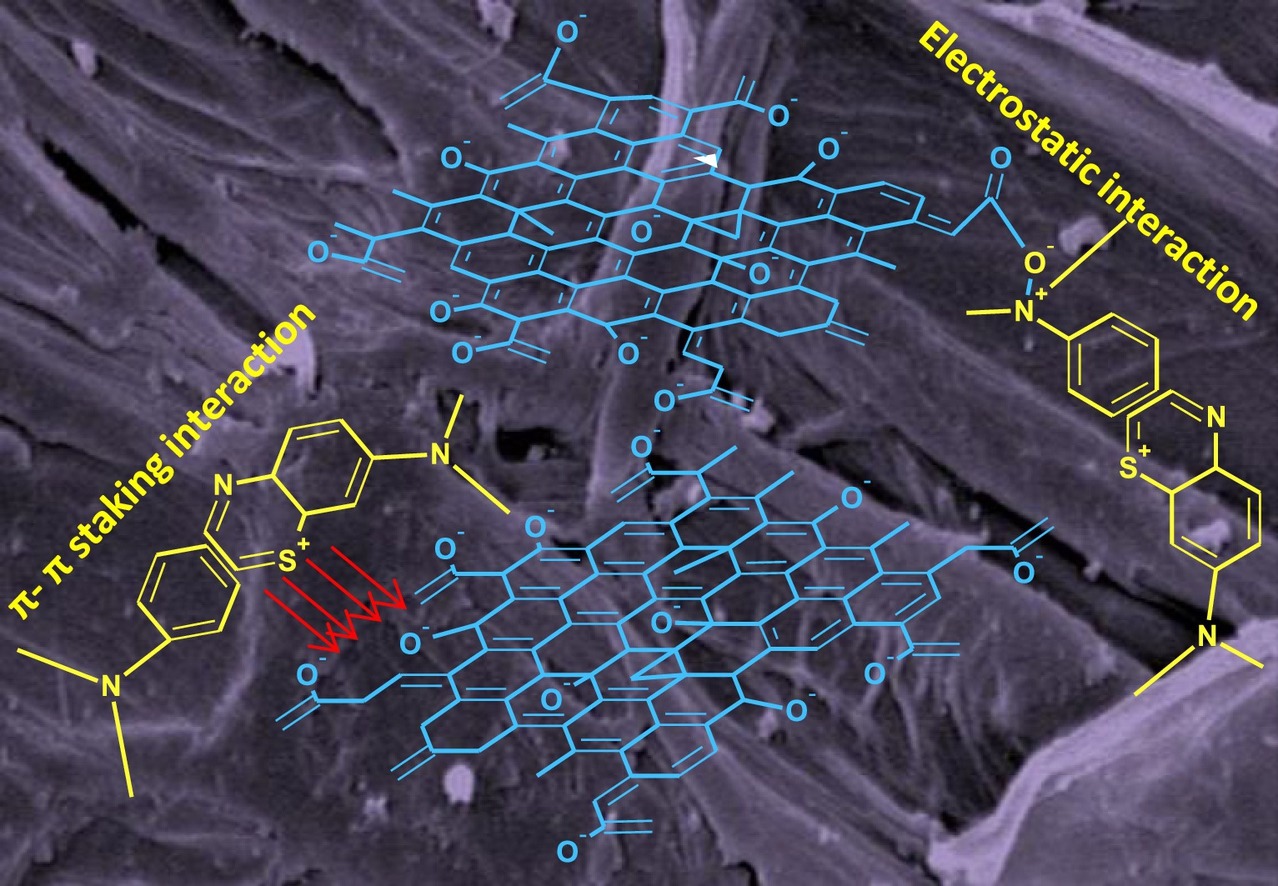The Durra (Sorghum) stalk was employed as a novel precursor for the formation of high surface area activated carbons (ACs) by utilizing ZnCl2 as activating agent followed by pyrolysis in a flow of N2 gas. The formation of ACs has been investigated at different pyrolysis temperatures (400, 500 and 600 °C) and different ZnCl2 impregnation concentrations. The results indicated that, the AC could be formed with high carbon contents, good thermal stability, large specific surface areas in the range of 1200–1817 m2/g and nanostructured in graphene-like layers of 5–6 nm in thickness. In addition, textural flexibility (in terms of supermicro/meso porosity) of the produced ACs can be fine-tuned by pyrolysis conditions. The potential application of ACs was tested towards the removal of hazardous cationic dye, methylene blue (MB), in aqueous media. The adsorption isotherms and kinetics of MB on ACs were examined at 25 °C. The ACs showed a high adsorptioncapacity, as high as 386 mg2/g. The adsorption of MB was better described by the Langmuir isotherm model and followed the pseudo-second-order equation. In light of the vast availability of durra stalks, as a sustainable residual, non-food/non-feed biomass material and quality of the produced AC materials. The presented ACs are very promising materials for application in many adsorption and purification processes.


